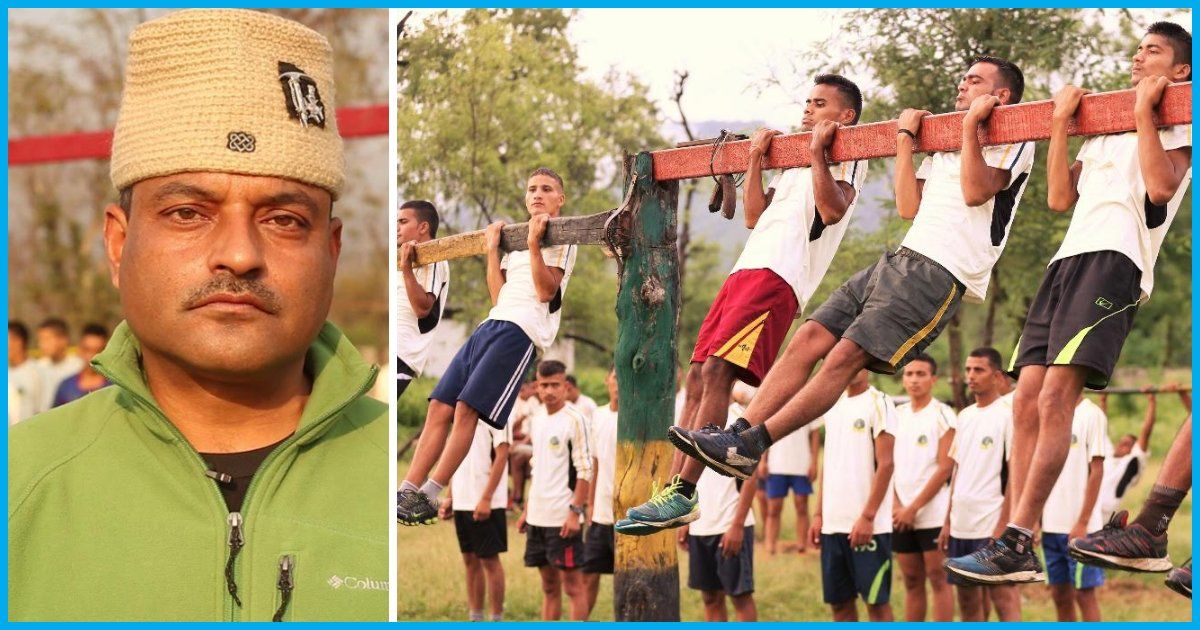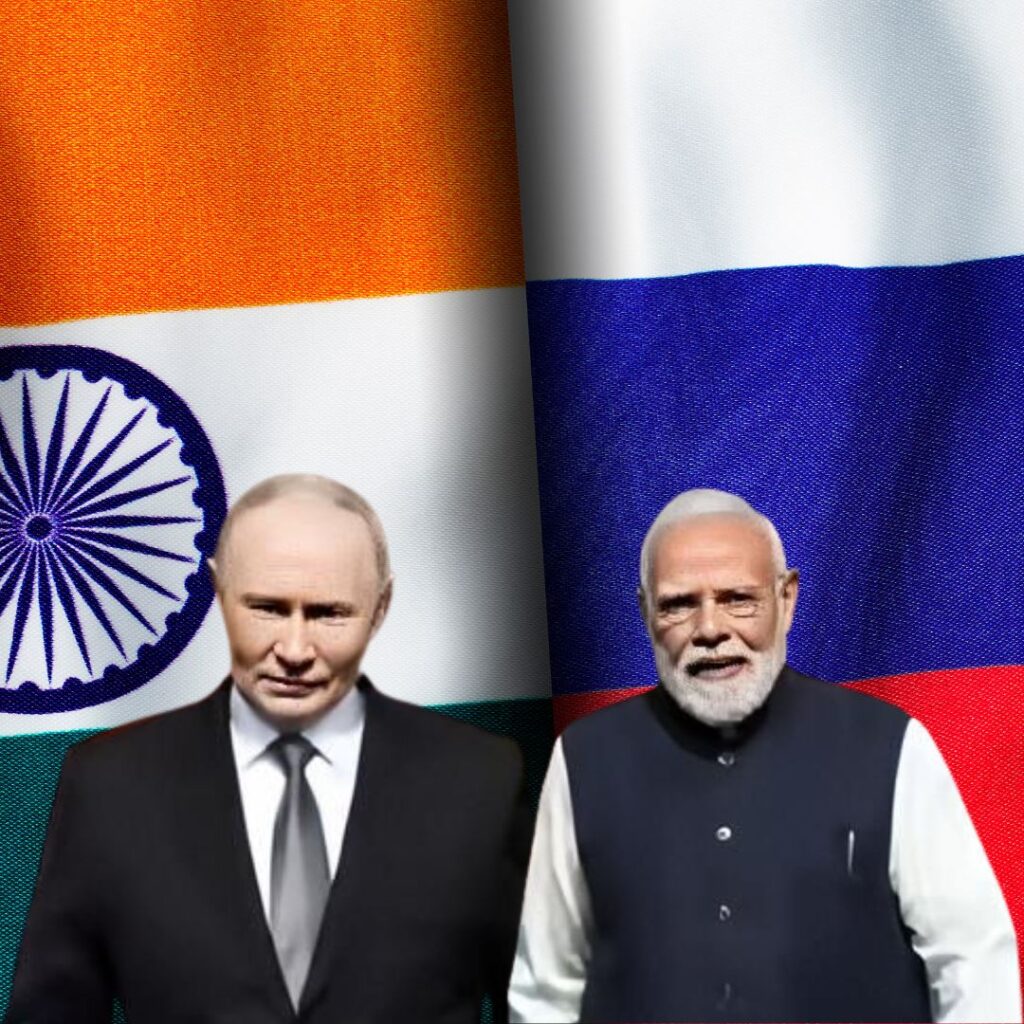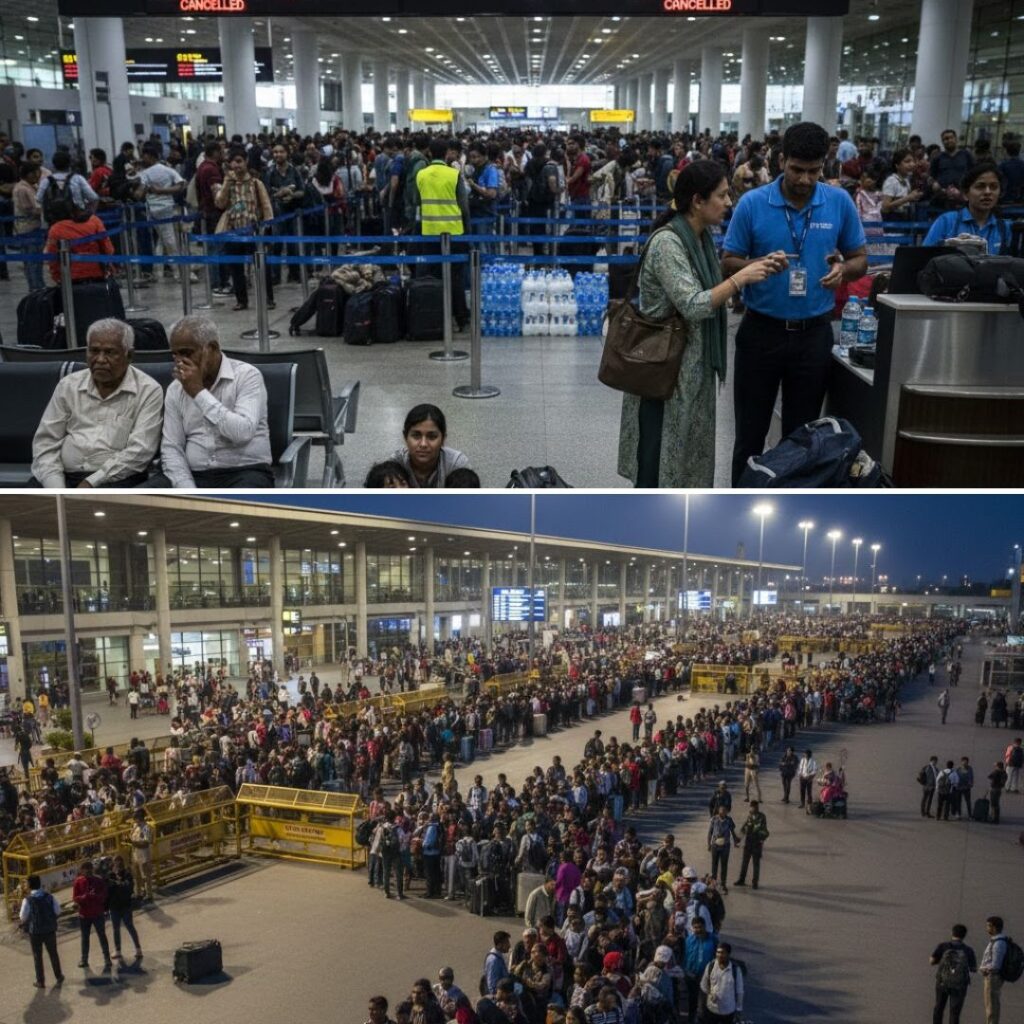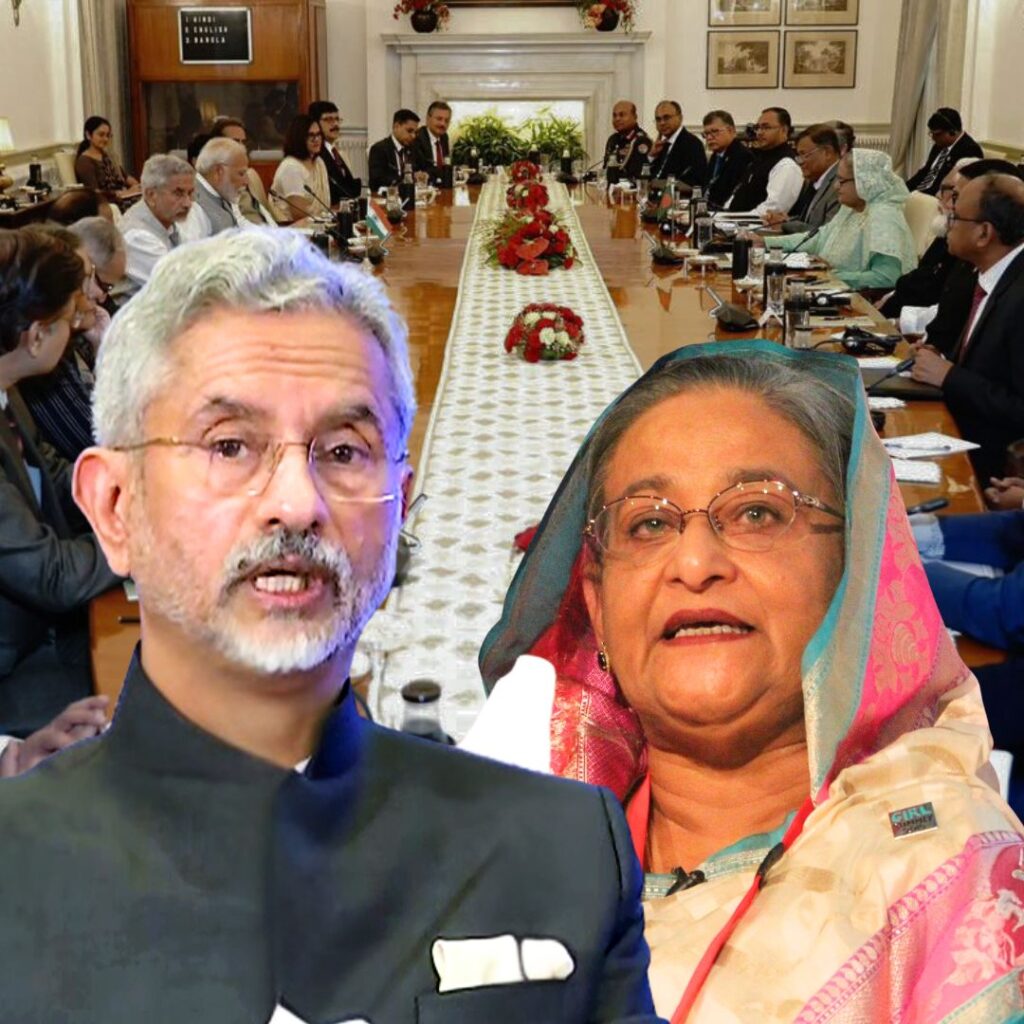Today, most of our debates include the Indian Army, patriotism, terrorism, etc. An Indian soldier is always known for his warfare skills. And there is one soldier who has helped civilians the country in more ways than one and proved his love for his country by rebuilding one of the most severely affected regions due to natural calamity. He is also an Indian Army officer who fought against the terrorists and forced them run back to their pits.
We are talking about Colonel Ajay Kothiyal, Uttarakhand Ratna, who has been awarded prestigious Kirti Chakra, Shaurya Chakra VSM (Vishisht Sena Medal) for his exemplary service to the nation. Col Kothiyal is now a Principal at National Institute of Mountaineering, Uttarkashi.
In an exclusive interview, he shares more about his life journey. When the government of Uttarakhand was struggling to build Kedarnath’s Char Dham structure, Col Kothiyal with his team from National Institute of Mountaineering took the responsibility on their shoulders.
Tell us about your journey from childhood to joining the Army?
I was born on 26th of February 1969. My father, Mr Satyasharan Kothiyal, is from Tehri. He too was an Army personnel, who started his journey as a soldier in Garhwal Rifles. He was a diligent and perseverant man. He continued his studies along with his job and was commissioned on 30th June 1963. After that, he joined 6th Battalion of Sikh Rifles as the second lieutenant. He was later transferred to Border Security Force where he served for forty glorious years and then retired from the post of Inspector General (IG) on 31st August 2000.
I spent most of his childhood with my father and grew up in army milieu. Hence the desire to serve my nation and the ethos of patriotism were rooted deep in my heart.
I started my professional life as army personnel by joining the Fourth Battalion of Garhwal Rifles Regiment as Second Lieutenant. The fourth battalion had a rich history and was awarded the honorary title of “Nooranang” during the Indo-China War of 1962. This battalion has many decorated and brave men.
You were trained in mountain warfare. Tell us about your expeditions to Everest and other tall mountains?
I received training in Basic Mountain Warfare from High Altitude Warfare School (HAWS) and emerged as an exceptional mountaineer. Garhwal Rifles established a mountaineering group which was led by me. The mission of the group was to successfully climb the 7056-meter-high mountain Satopant. I skillfully conducted this mission, and the group became the first ever group of Garhwal Rifles as well as Indian Army to successfully climb Satopant. After that, along with my battalion, I worked actively on Operation Meghdoot (Glacier). In 1997 I received another chance to join High Altitude Warfare School (HAWS), and I graduated with great honours in Advanced Mountain Warfare.
I was now being recognised as established mountaineer of Garhwal Rifles. In 2000 “Garhwal Rifles Regiment Centre” once again assigned me to lead an expedition to 7135-meter high mountain Mana. I completed this mission and was now being recognised as an exceptional mountaineer in Indian Army. In 2001 when Indian Army was preparing to climb Mount Everest, the highest mountain in the world, for the first time, I expressed my desire to be the part of the expedition team. Members of the team were handpicked and underwent scrutiny. This was the first successful expedition of Indian Army to Mount Everest.
In 2011, I decided to climb the 8163-metre-high unapproachable Mount Manaslu. No Indian had ever successfully climbed this mountain. I made a mountaineering group consisting of 3 officers, 2 JCOs and 13 soldiers and flew to Kathmandu. Fighting harsh weather and inhospitable conditions, the first team of this group unfurled the Indian Flag at the peak of Manaslu on 9th May 2011. I was awarded “Vishisht Sewa Medal” for conducting this insurmountable task.
In 2012, we achieved another milestone by successfully climbing Mount Everest with a group consisting of 7 female officers of Indian Army. I was awarded “Shaurya Chakra” for reaching this feat.
Tell us about your time in Kashmir.
In 2001-03, the Fourth Battalion of Garhwal Rifles was posted in Sopiyan, Srinagar for Operation Parakram. I was the company Commander. I made the snow-laden mountains of Pir Panjal my home for many days. This was the region where terrorists were most active. I used to collect information about these insurgents from local people. Using this information I ambushed many terrorists. I escaped death many times and kept on fighting even though I got injured by a grenade attack.
Operation Nashnoor: 15th July 2002 – On the night of 14th July 2002, my team and I went in search of terrorists. I was informed that these terrorists were planning to attack the Army camp. At 5 AM on 15th July 2002, I saw some movement and ambushed those terrorists. A member of the team – Nayak Beer Singh – went after a terrorist and sh…











